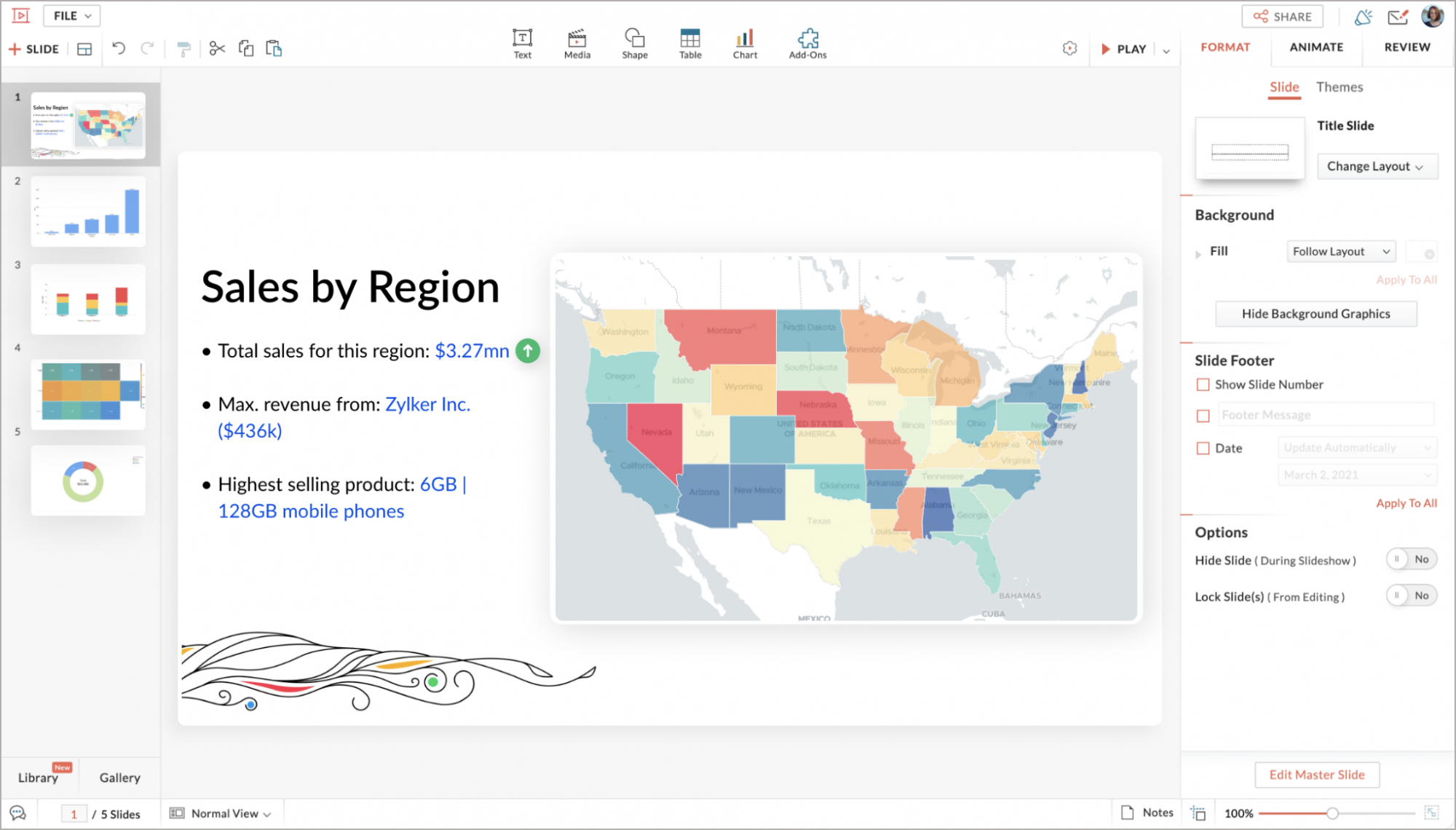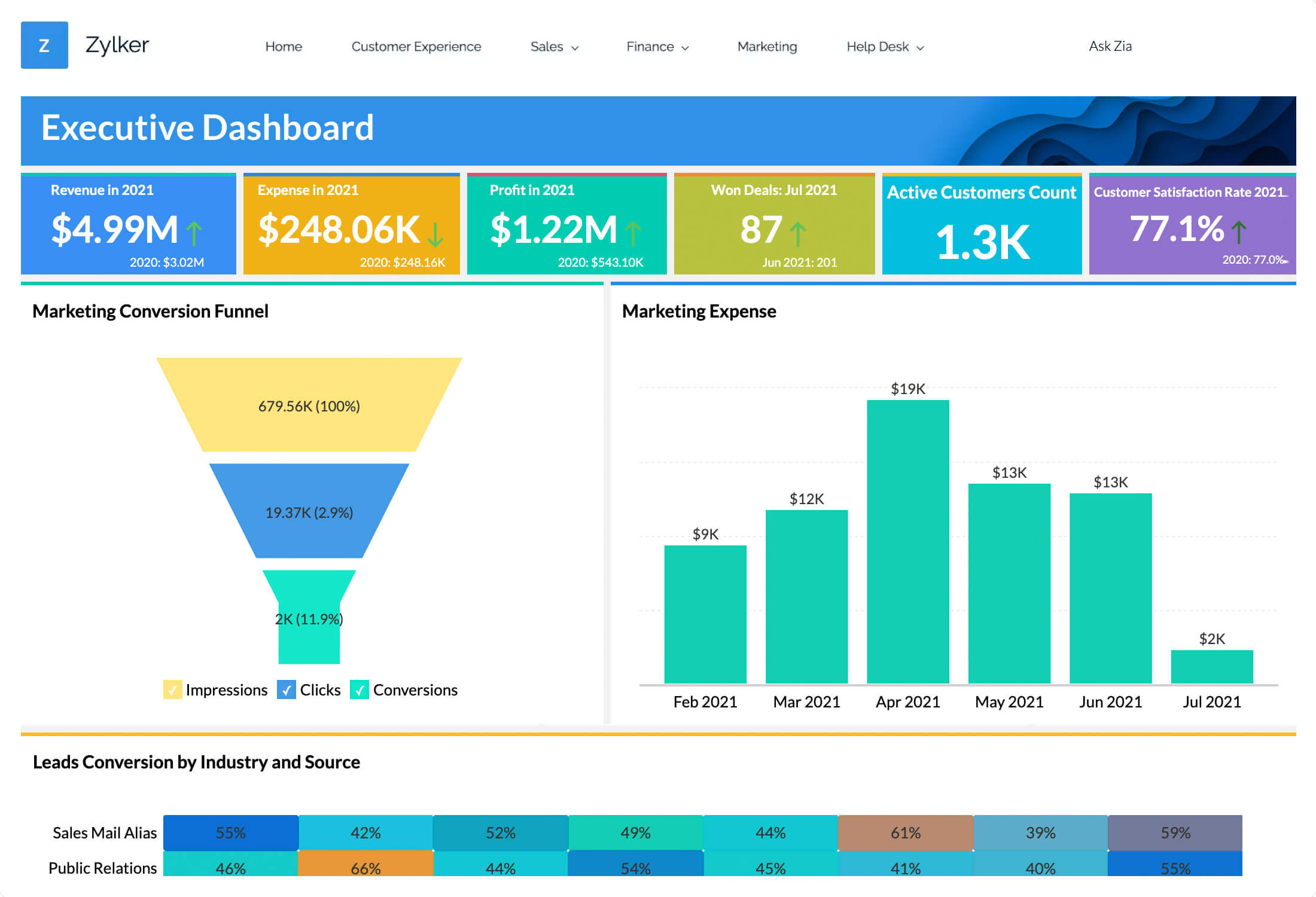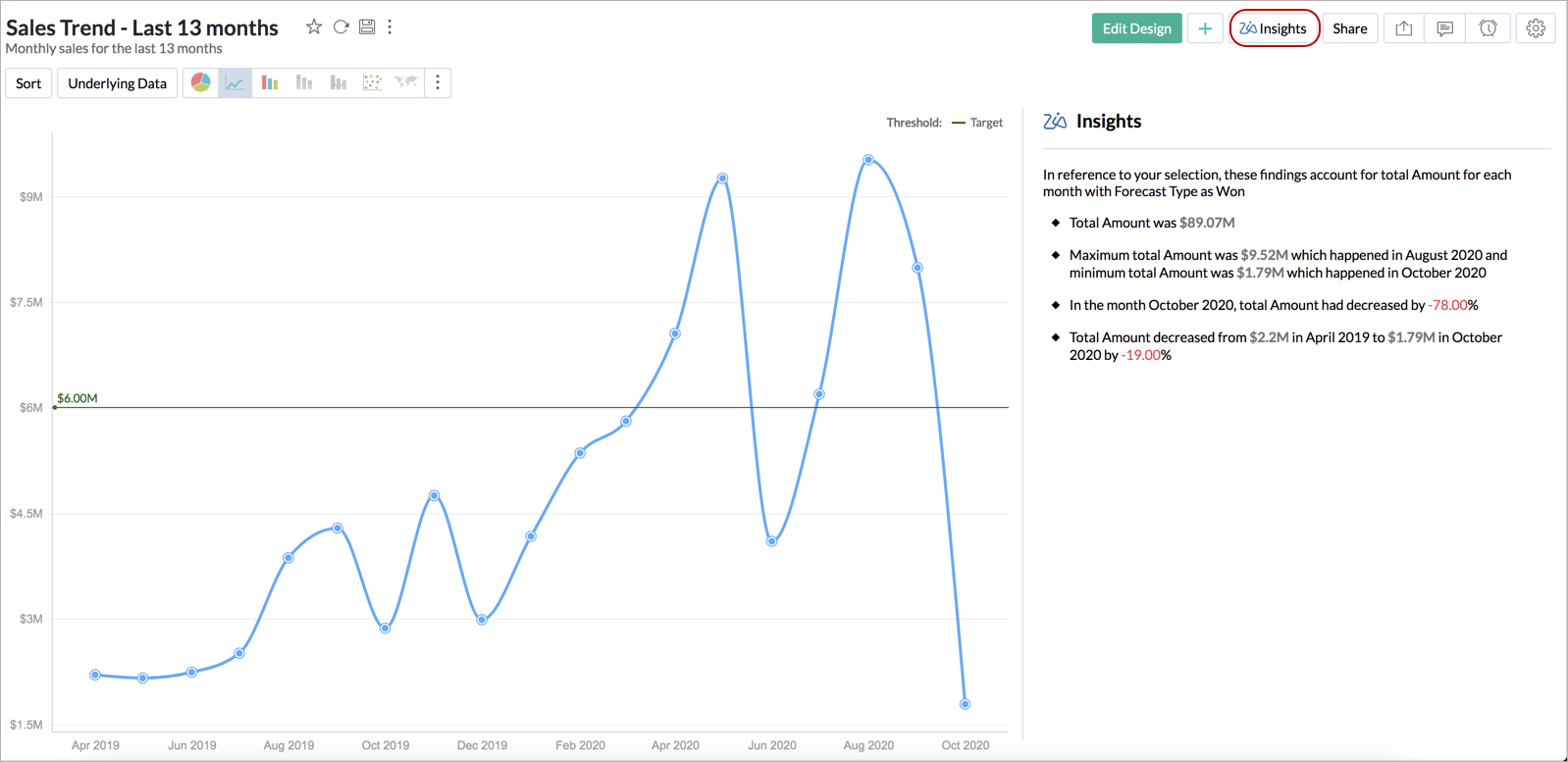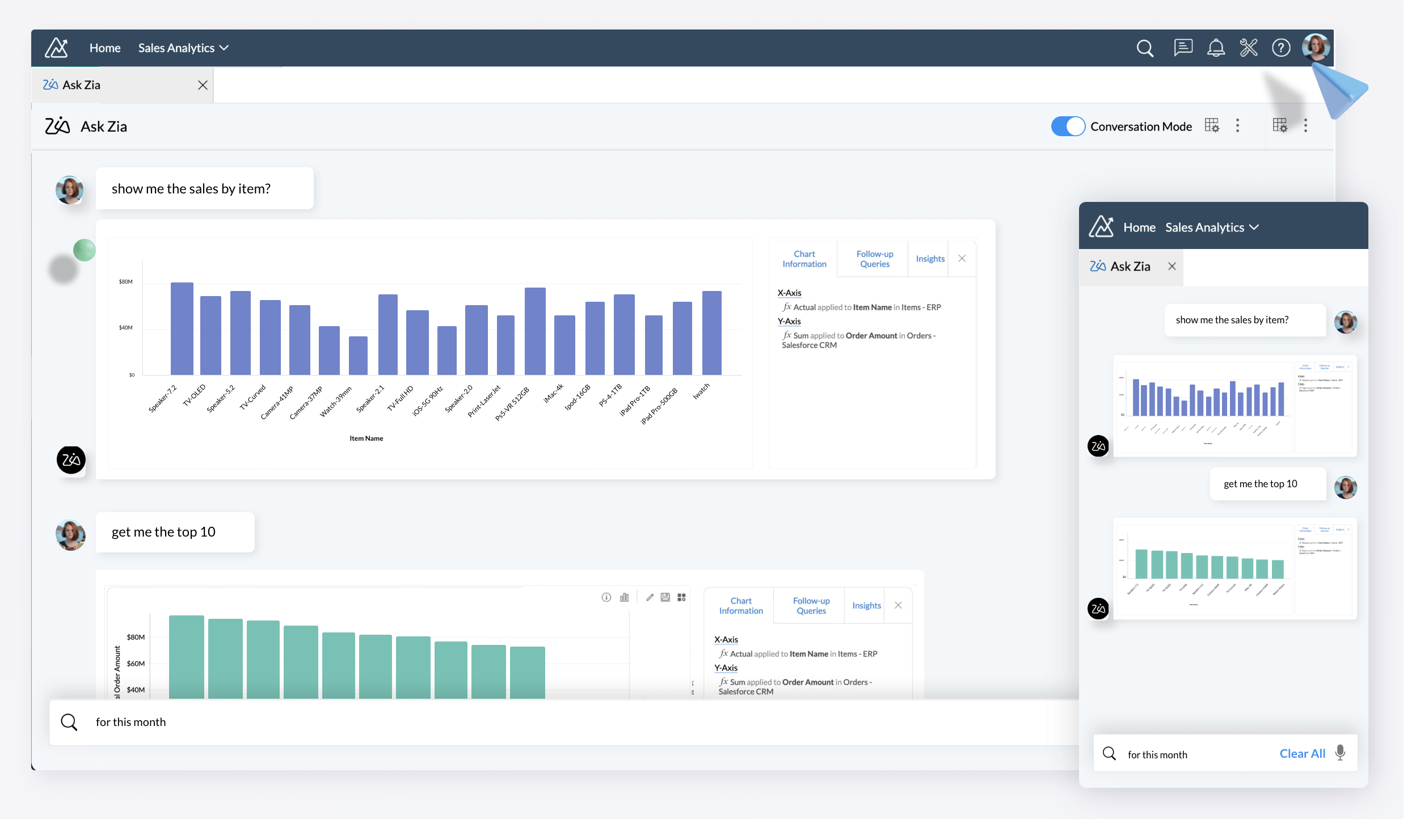Decision makers at all levels, especially C-level executives, mandate hard data before they make their movesтand itтs in this context that data storytelling finds its place and utility. Today, data-driven decision-makingЬ§isnтt just a buzzword. Rather, it has become a common practice in the business world.

What is data storytelling
For all practical purposes, data storytelling is all about establishing a narrative that gives a structured, extensive, or detailed context about the subject of analysis. But the question thenܧarises:ܧWhy?
The need for data storytelling
In the business intelligence (BI) domain, data visualizations, especially dashboards, have become the norm. Theyтre used for day-to-day routine tracking and analysisтbut when it comes to periodic reviews, numbers alone cannot give the required larger picture. Presenting reasons behind the trends, and further details about the observed numbers, is vital to make complete sense of the data available. This has become essential for decision-making at all levels.
Components of a good data story
Crafting good data stories requires data literacy, domain knowledge, and the skill to create compelling narratives that drive further action.Ь§So how do we define a narrative in this context?
Choose the audience. For BI, it will largely be stakeholders, either internal (like C-level executives, managers) or external (customers, partners, etc), and, in some cases, both.
Establish the setting by using something like sales volume or revenue trends over the past 12 months. This can be done through data visualizations.
Describe the АљДЧДЧГйЬ§ГІВЙГмВѕБ№. Hereтs where you show the reasons behind established trend observations, outliers, or anomalies.
Propose the way forward. Evidence-based suggestions, substantiated with data forecasts, can be offered at the conclusion.
Points (3) and (4) can be done either manually or through artificial intelligence-powered frameworks that enable in-depth data storytelling at scale. Both these options are available in powerful, modern BI & analytics platforms like зюаТВЉВЪЭјеО Analytics.Ь§
Data storytelling with зюаТВЉВЪЭјеО Analytics
Ь§Hereтs a list of some of the зюаТВЉВЪЭјеО Analytics features that will help you become a successful data storyteller:
Advanced slideshows are a powerful data storytelling feature that enables you to craft an immersive зюаТВЉВЪЭјеО Show presentation by blending visualizations created in зюаТВЉВЪЭјеО Analytics. You can also add narrative elementsтtext, infographics, videos, and shapesтto create a compelling analytical story. Learn more.

Analytics portalsܧlet youܧpublish reports and dashboards combined with richly formatted text and visuals as a microsite. To create one, you can either begin with prebuilt website templates or entirely make your own site with our portal builder. Learn more.

Zia InsightsܧprovidesܧAI-powered actionable insights in the form of easily understandable narratives about key trends, which can be automatically generated across data visualizations. Learn more.

Ask Zia, our AI-powered conversational assistant, can be embedded at any point in your business workflow. Zia responds to your questionsܧwith data visualizations that contain auto-generated actionable insights. Learn more.

Data storytelling in the BI world is on the rise, and itЬ§shows no signs of slowing down. This is largely because data storytelling appeals to human emotion and the way we naturally think, which makes the audience care about whatтs being saidтand subsequently gain inspiration for further courses of action.
If youтre interested in exploring the data storytelling capabilities offered by зюаТВЉВЪЭјеО Analytics, you can get started here. We provide aЬ§personalized demo to those who are interested.
For further questions or clarifications, we can be reached at support@zohoanalytics.com.
Comments